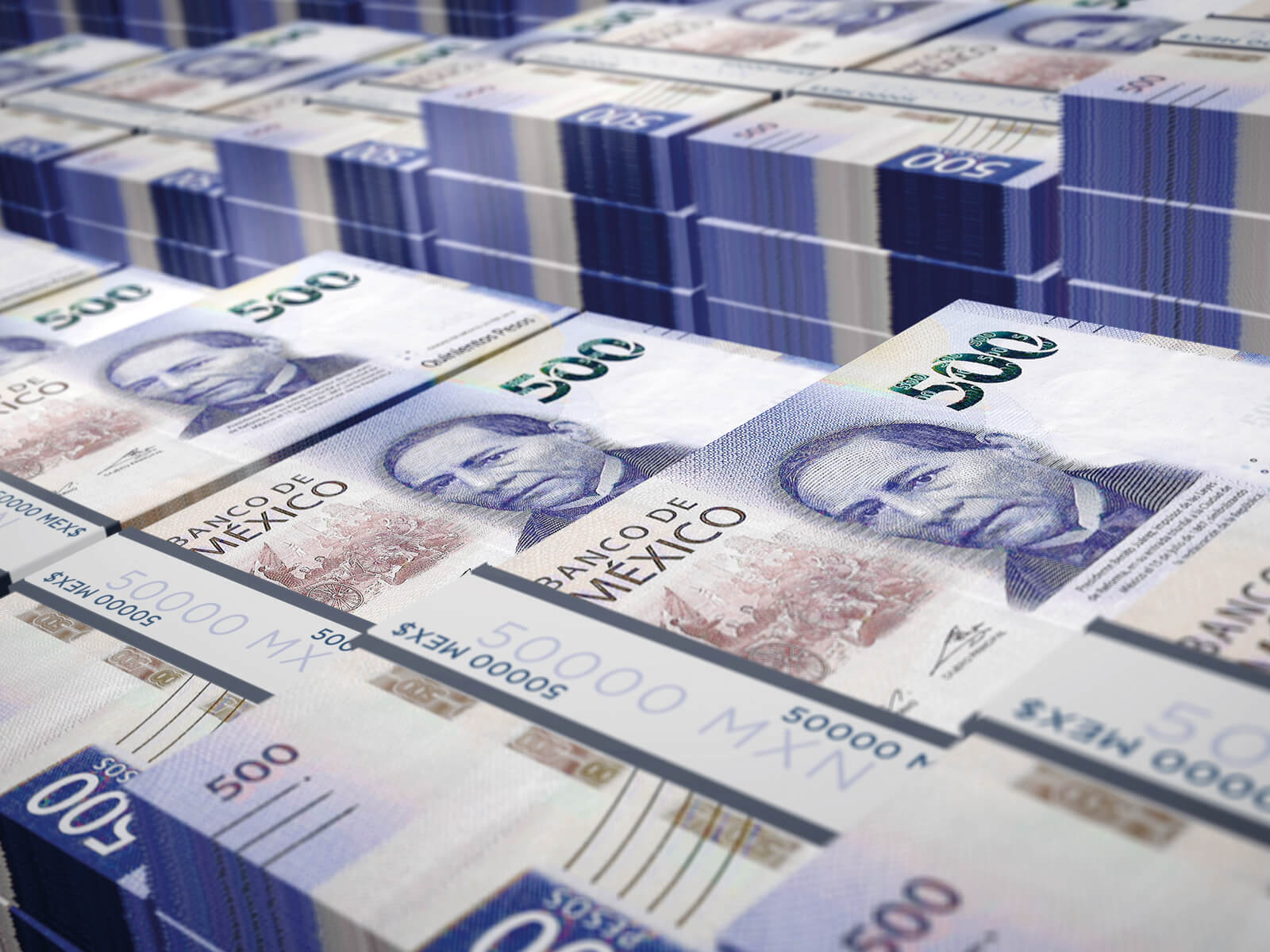Mexico’s diverse economy continues to grow and evolve thanks to key sectors, foreign trade, a strong domestic market, and incoming foreign investments. These factors work together to create the necessary conditions for the country’s progress. Below, we explore how Mexico’s economy functions, its main components, and how all these elements contribute to the well-being of its people.

Socioeconomic structure of Mexico
Key productive sectors
Primary sector (Agriculture, livestock, mining, and fishing)
The primary sector remains a fundamental pillar, especially in rural areas. Mexico is a major producer of agricultural products such as corn, avocado, tomatoes, and citrus fruits, which are exported worldwide. Mining also plays a crucial role, as Mexico is one of the leading producers of silver, copper, and other metals. Additionally, fishing is significant, particularly in producing seafood and other fishery products for export.
Secondary sector (Industry and manufacturing)
The manufacturing industry has been one of the strongest drivers of Mexico’s economy. The country has become a global hub for automobile manufacturing, electronics, textiles, and processed foods. Cities like Monterrey, Ciudad Juárez, and Guadalajara serve as industrial centers that enhance Mexico’s competitiveness in the global supply chain.
Tertiary sector (Services)
Distribution of economic resources
Mexico’s economic activity
Impact of foreign trade
Mexico has positioned itself as a key player in international trade. It has signed free trade agreements with several countries, including the United States-Mexico-Canada Agreement (USMCA), which has strengthened trade relations with these nations and opened new export opportunities. Mexico is one of the largest exporters of manufactured and agricultural products, excelling in automotive, mining, electronics, and agribusiness industries.
Mexico’s exports are primarily directed toward North America, although trade relations with emerging markets in Asia and Latin America have also expanded. Trade liberalization has allowed Mexico to become a global manufacturing hub, leveraging its proximity to the United States and its ability to produce high-quality products at competitive prices.
Role of the domestic market
The domestic market is equally crucial to Mexico’s economy. With over 127 million people, internal consumption is a significant economic growth driver. The Mexican middle class continues to expand, and despite financial challenges, it remains a strong source of consumer demand.
The domestic market is particularly relevant for commerce, technology, banking, and services sectors, which are rapidly evolving due to digitalization and innovation. Additionally, the growth of industries like housing, infrastructure, and retail further contributes to the country’s economic dynamism.
Foreign investments in Mexico
Mexico has been an attractive destination for foreign investments due to its economic stability, strategic geographic location, world-class infrastructure, and competitive workforce. Foreign direct investment (FDI) has been a key driver in the growth of various industries, including manufacturing, technology, energy, and telecommunications.
Competitive advantages of the country
- Strategic location: Positioned between North and Latin America, Mexico provides access to major markets such as the United States, Asia, and Europe.
- Skilled workforce: The country has a young, well-trained, and competitive labor force, attracting manufacturing and technology companies that require qualified personnel at relatively low costs.
- Trade agreements: Mexico has multiple free trade agreements, including the USMCA and the Trans-Pacific Partnership, offering preferential access to international markets.
- Advanced infrastructure: Significant transportation, telecommunications, and logistics investments have facilitated foreign companies’ operations.
Key sectors for investment
- Automotive Industry: Mexico is a significant hub for vehicle and auto parts manufacturing, hosting large factories from brands like General Motors, Volkswagen, and Nissan.
- Electronics: Companies such as Samsung, LG, and Sony have established manufacturing plants in Mexico due to its proximity to the U.S. market and skilled workforce.
- Energy: Energy reforms have opened the door to foreign investment in renewable energy and natural gas sectors.
- Technology: The information technology (IT) sector is growing rapidly in Mexico, with investments in software development, mobile applications, and cloud services.